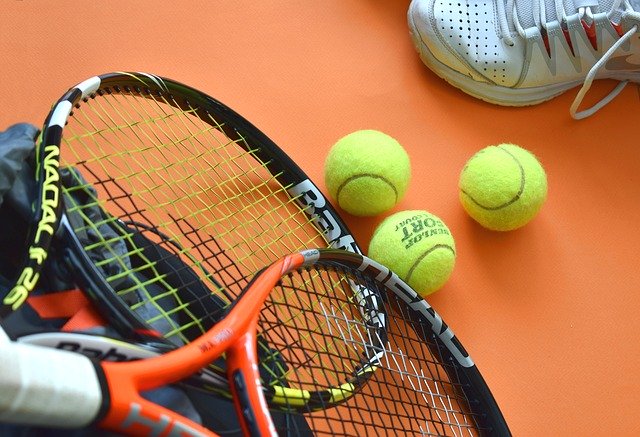Dr. Peter Wayne, Tai Chi researcher and long-time practitioner, contends that the principles of Tai Chi have a strong synergy with the physical and mental demands of many sports. In his book, The Harvard Medical School Guide to Tai Chi, he supports this contention with examples and scientific research. In the book, he strongly suggests that sportspeople adopt Tai Chi as a form of cross-training, especially people engaged in the sports of tennis, golf or skiing where the positive impact on performance is more direct. Throughout the book, he provides specific Tai Chi related exercises for each of these three sports.
How Tai Chi practice improves tennis performance
Peter’s research led him to identify the eight active ingredients of Tai Chi which are the primary focus of his abovementioned book. He was able to explain the power of Tai Chi to strengthen the mind-body connection – a key ingredient for effective performance in any sport. Peter highlighted this connection in relation to tennis by drawing on Timothy Gallwey’s work in relation to the inner game of tennis which I discussed previously. In particular, Peter focused on Timothy’s emphasis on self-observation, mental and bodily awareness and the need to be non-judgmental when making mistakes in tennis.
Peter also focused on the specific active ingredients of Tai Chi that had a profound positive impact on tennis performance:
- Awareness (including focused-attention and mindfulness) – Tai Chi builds bodily awareness (positioning and movement), strengthens the capacity to focus (on the ball and the opposition), and develops the ability to be fully in the present moment.
- Intention (includes expectation and belief) – associated with this is the power of visualization, an important ingredient in improving and sustaining sports performance. Tai Chi training draws strongly on metaphor and imagery in relation to movement, drawing on images from nature such as the movement of clouds and the wings of a bird. In his book, Peter draws heavily on the research into “motor imagery” and its positive effects on performance. The focused attention and groundedness involved in Tai Chi help to reinforce self-belief and shut out the negative self-stories that can impact expectations e.g. “I’m going to lose this tennis set” or “I’m going to do a double fault” or “I can’t possibly handle his serve”.
- Grounded Movement – Peter explains that the principles of Tai Chi state that “all movement is started in the feet, steered by the waist, and administered by the hands” and this is reflected in the practice of Tai Chi. This process of movement is built into tennis strokes such as the forehand and backhand and incorporated in basic tennis training [Early in my tennis playing experience, I would coach very young children in tennis basic steps and the coaching followed this pattern]. Peter provides a basic training exercise in his book that he calls Tai Chi Tennis which mirrors this grounded movement.
- Balance (both physical and emotional) – Tai Chi involves considerable weight transfer from one leg to the other, from forward to backward. Weight transfer and the related capacity to maintain balance are essential components of tennis shots, especially volleys and tennis smashes. Emotional balance is linked to the inner game of tennis mentioned above, including the capacity to manage mistakes and deal with setbacks.
Reflection
Peter’s research and practice reinforces the power of Tai Chi to improve tennis performance. His committed, professional approach to Tai Chi over many years is highly inspirational as is his book that draws all this together in terms of “active ingredients”. As we grow in mindfulness through the practice of Tai Chi and meditation, we can increase our bodily awareness, emotional and physical balance and draw heavily on the power of mindfulness to strengthen focused attention and intention. The real benefits will come with regular practice.
This writing and reflection strengthen my motivation to increase my practice of Tai Chi and other mindfulness practices that will, in turn, improve my tennis performance and increase my capacity to be-in-the-moment and experience all the positivity that this entails.
_____________________________________
Image by marijana1 from Pixabay
By Ron Passfield – Copyright (Creative Commons license, Attribution–Non Commercial–No Derivatives)
Disclosure: If you purchase a product through this site, I may earn a commission which will help to pay for the site, the associated Meetup group and the resources to support the blog.

